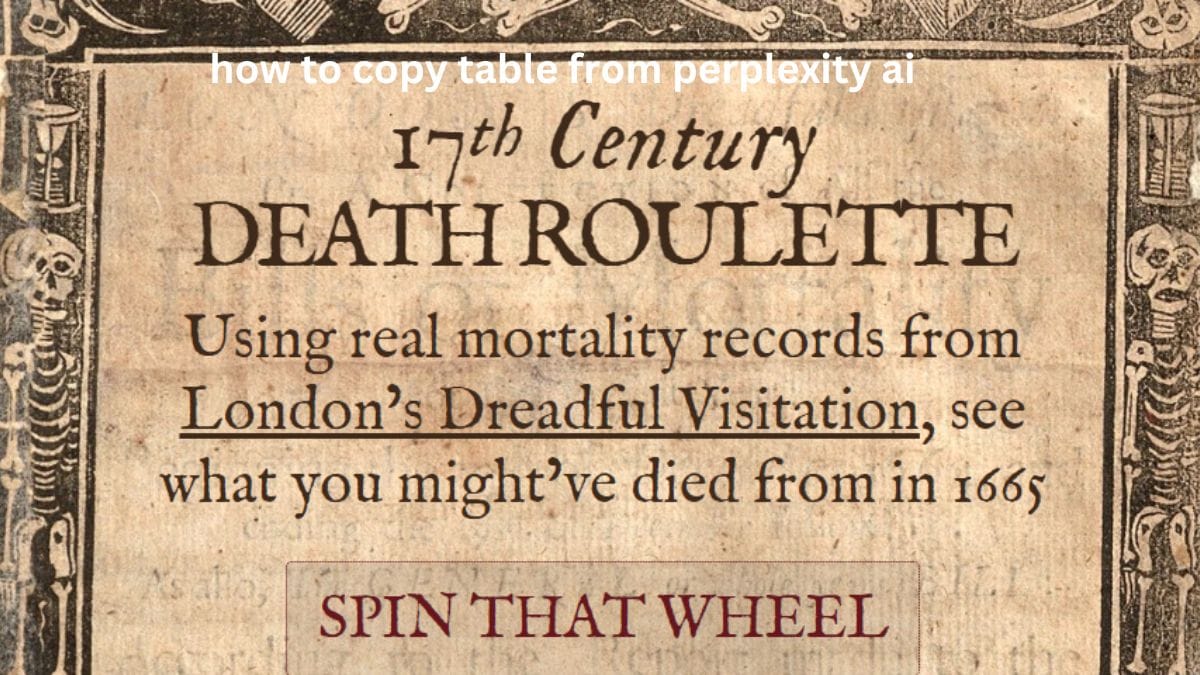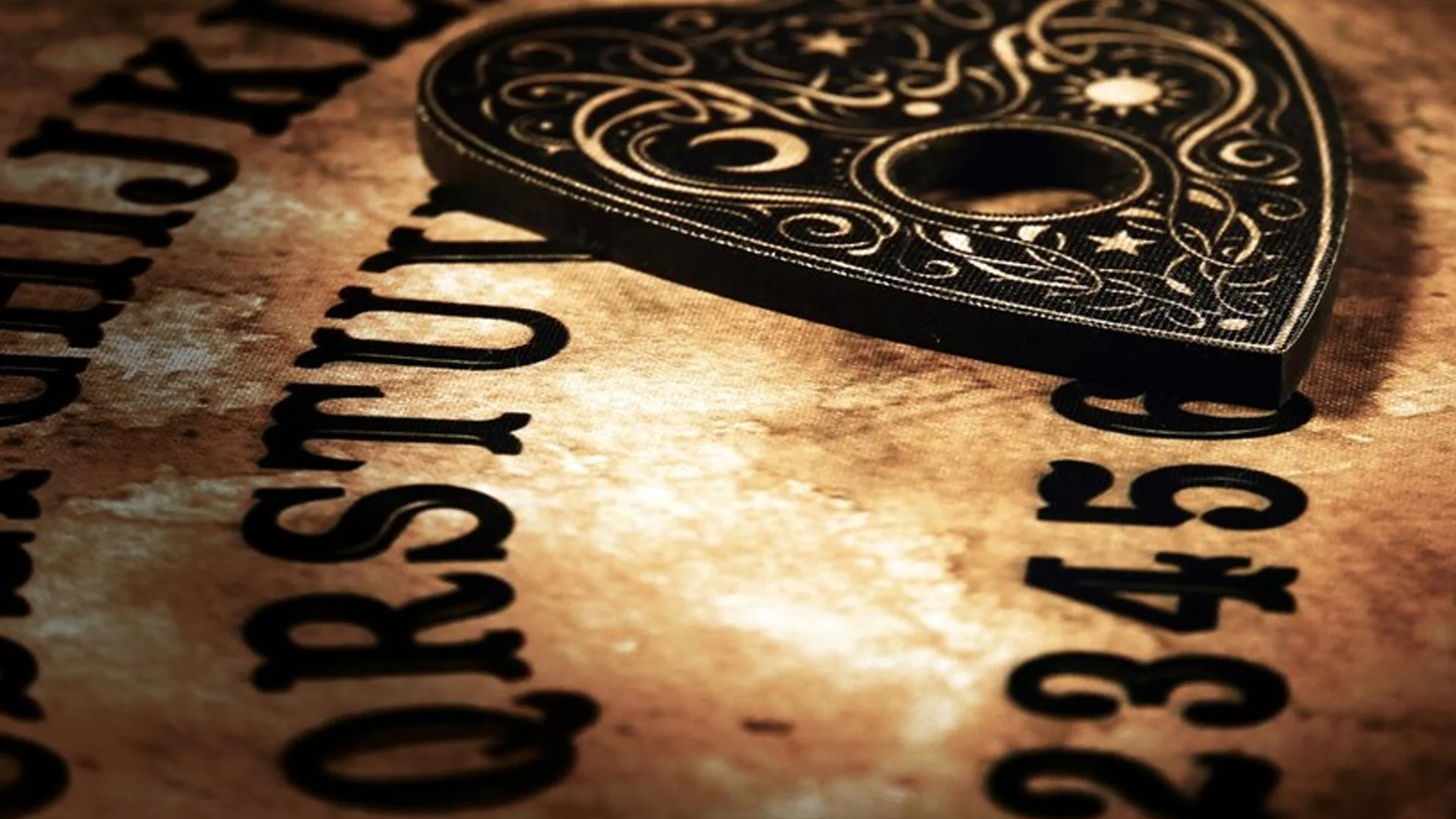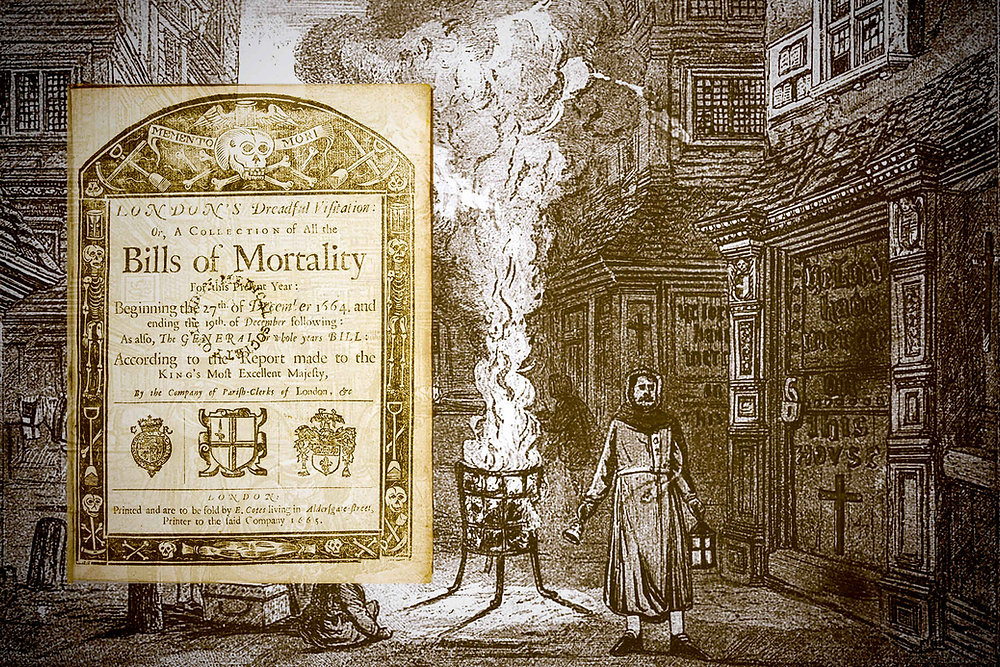The 17th century brought exploration, philosophical change, and a unique fascination with games of life and death. One such practice, known as 17th Century Death Roulette, invites images of dim rooms, secret meetings, and lethal gambles. This game, rumored as an ancestor to Russian Roulette, involves a sinister element of risk that draws from a cultural obsession with danger. In this article, we’ll explore the origins, rules, variations, and impact of this deadly pastime, as well as its influence on future games of chance.
Origins of 17th Century Death Roulette
The origins of Death Roulette remain mysterious, with history blending fact and myth. Historians believe the game began in France or Italy, where the aristocracy pursued thrill and risk. Unlike Russian Roulette, which uses a gun, this earlier form employed hazards like poisoned needles or hidden blades.
Rules and Variations
In 17th Century Death Roulette, participants gambled their lives in a high-stakes game. Although rules varied, the main elements were often similar:
- Dangerous Wager Mechanism: Players selected from identical objects, with one concealing danger—such as poisoned chalices.
- Honor over Wealth: Nobles or mercenaries played not for money but to showcase their courage.
- Randomization Methods: Objects like cards or dice often decided the player’s fate, giving the game its “roulette” feel.
These details lent the game a unique form, with every choice risking deadly consequences.

Cultural Context and Societal Implications
During the 17th century, Europe saw rigid class structures, political turmoil, and religious tension. Death Roulette mirrored these turbulent times, serving as a method for the elite to test their nerve. For some, the game was a thrill; for others, it proved their social status by defying fear itself.
These deadly games reflected values of courage and honor, especially among the aristocracy. They were popular at private gatherings, offering noblemen a rare escape from routine.
Comparison to Russian Roulette
Death Roulette may remind readers of Russian Roulette, a deadly game from the 19th century. Although the mechanics differ, both hinge on wagering life for a thrill. Russian Roulette uses firearms, while Death Roulette involved poisons or blades, suiting the time’s technology and values.
Both games embody the gamble with fate. This makes 17th Century Death Roulette a possible historical inspiration for later, lethal games.
The Psychological Appeal: Why Risk Death?
The psychological appeal lay in risking life for honor, pride, or status. Players were often driven by boredom or a desire for fame. In a society valuing physical courage, life among the elite was often uneventful, fostering a sense of restlessness. Death Roulette offered a brief, intense thrill that broke through their daily monotony.
Modern Representations in Media and Literature
17th Century Death Roulette continues to inspire modern media, from literature to films. Representations often portray it as the ultimate risk-taking game, highlighting humanity’s dark curiosity about fate.
These portrayals also spark debates about ethical and moral concerns around lethal games. Fictionalized versions show our enduring fascination with danger and the power of chance over life and death.

Ethical and Moral Considerations
Today, 17th Century Death Roulette raises questions about bravery, mental health, and values. Once seen as a noble display, it is now viewed as reckless. This shift reflects how society has changed, along with our awareness of mental health and psychology.
A game once meant to display character is now understood to carry disturbing implications.
Conclusion: The Legacy of 17th Century Death Roulette
17th Century Death Roulette is a fascinating part of history that reflects humanity’s complex relationship with thrill-seeking and mortality. Its legacy lingers in both historical accounts and fictional tales, reminding us of a time when some wagered their lives for status or sport. Examining Death Roulette offers a unique window into the cultural values of that era and reveals our continued fascination with games that toy with fate.




